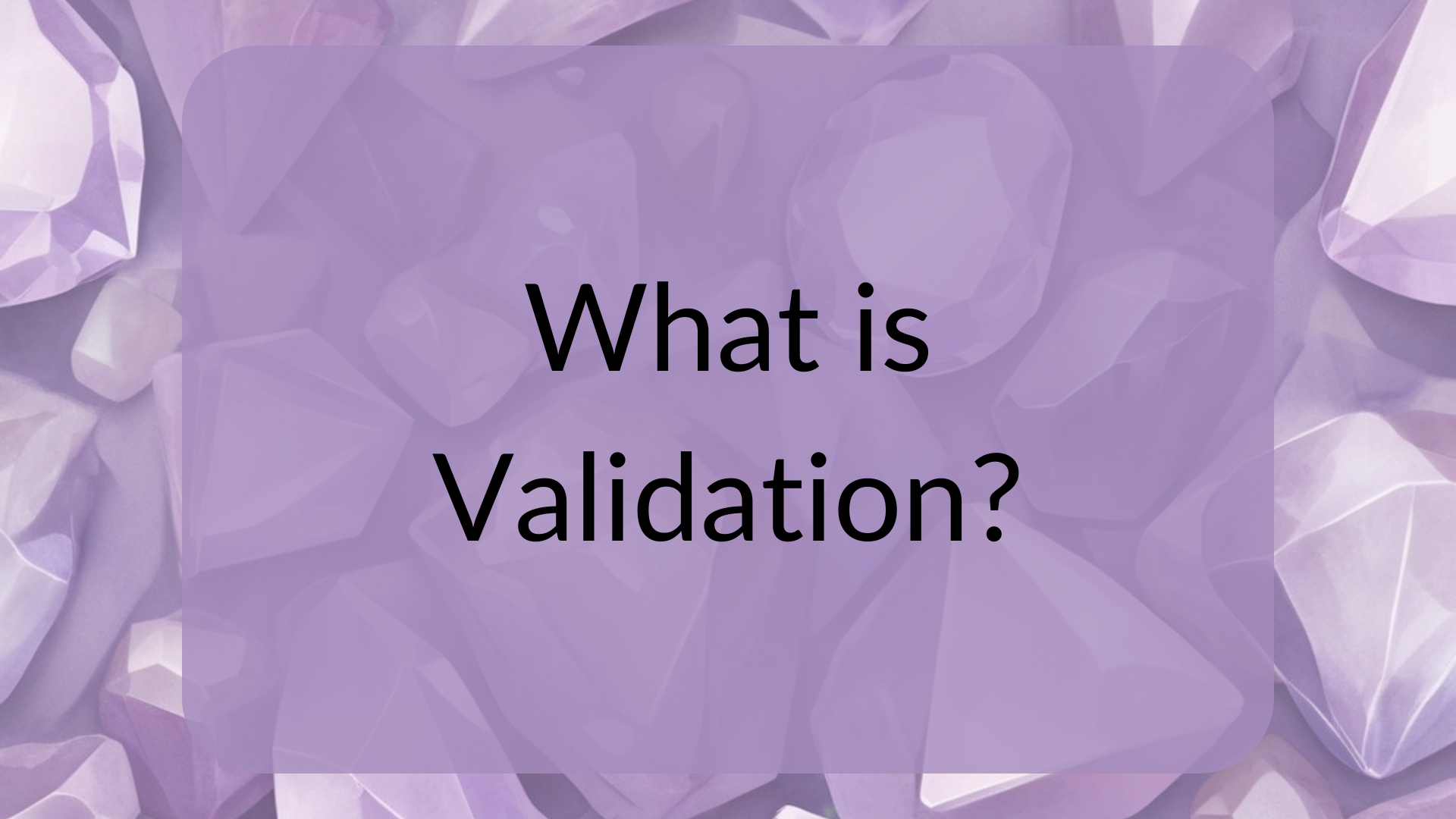What Is Validation? Making the Complex Clear for Life Sciences Teams
What is Validation?
Validation can seem like one of those intimidating words in the life sciences world; but it's more familiar than you might think.
If you've ever taken medication, used a medical device, or even received a diagnostic test, you've already benefited from validation. It’s the behind-the-scenes process that makes sure those tools are consistently safe, effective, and trustworthy; not just once, but every time they’re made.
When a new product is developed, the FDA requires proof that it works. But once the product is ready to be mass produced, a different challenge appears: proving the manufacturing process is just as consistent and reliable. That’s where validation comes in.
Validation ensures the equipment used in large-scale production (mixers, packaging lines, sterilizers, even software) operates within tightly defined parameters. It asks: Can we trust the process to do its job, over and over again?
Different types of validation tackle different risks:
Process validation confirms a system produces quality products.
Cleaning validation prevents contamination between batches.
Software validation checks that data is correct and traceable.
Test method validation makes sure we’re testing reliably.
For smaller life science companies, getting this right can be the difference between moving forward or falling behind. That’s why validation isn’t just a checklist; it’s a foundation for trust, quality, and patient safety.
Clarity leads to confidence.
Start your validation journey today at contact.brayearst.com.

